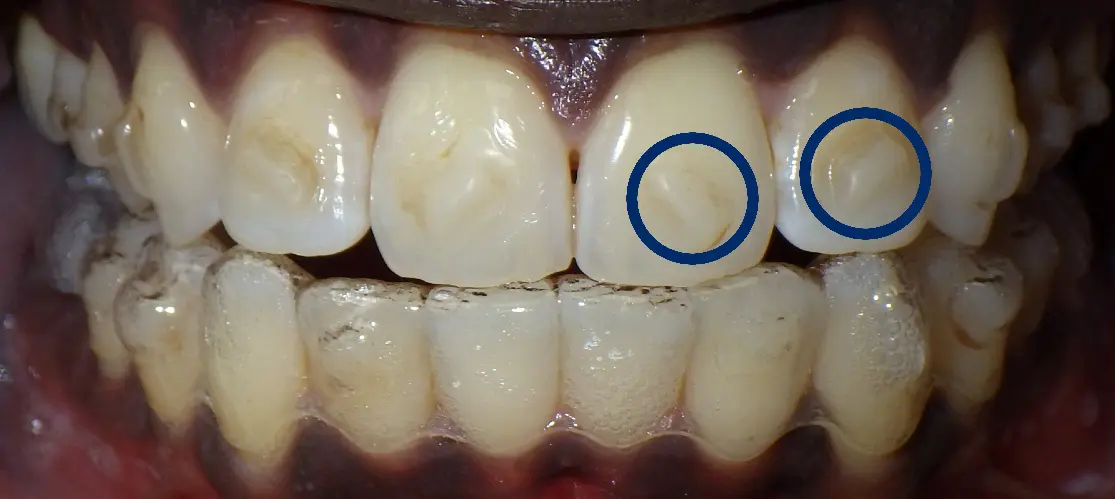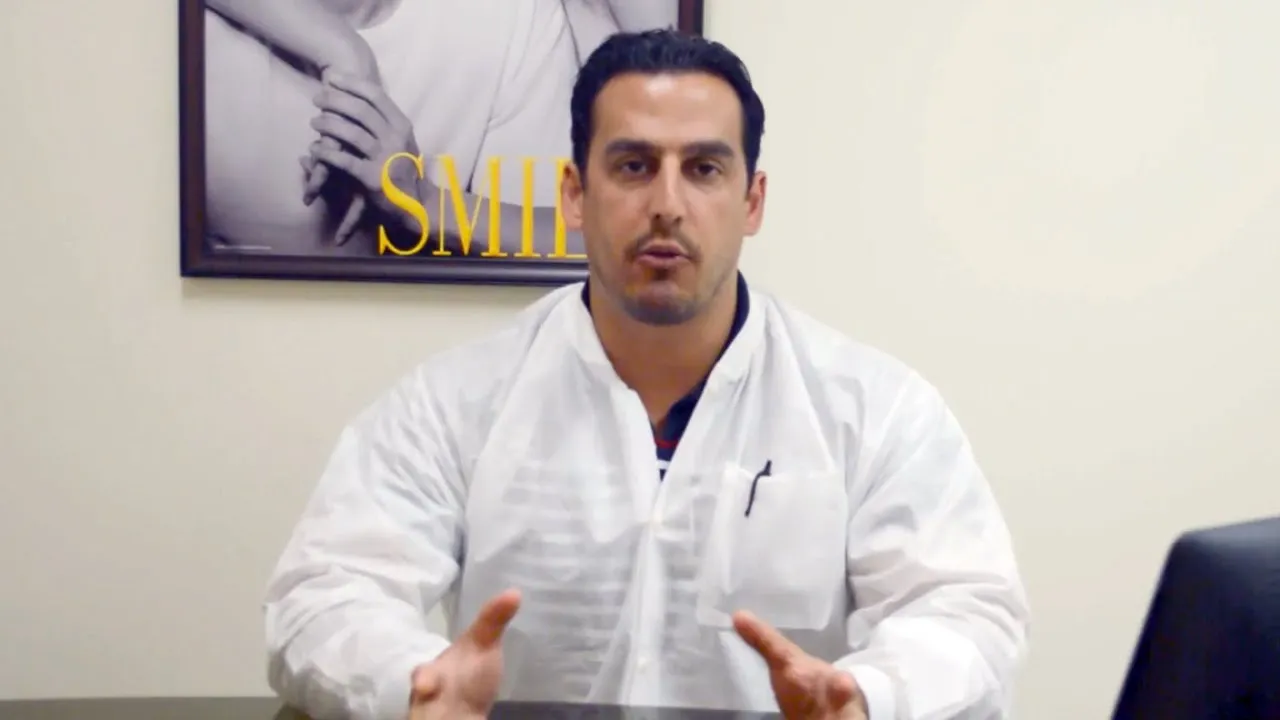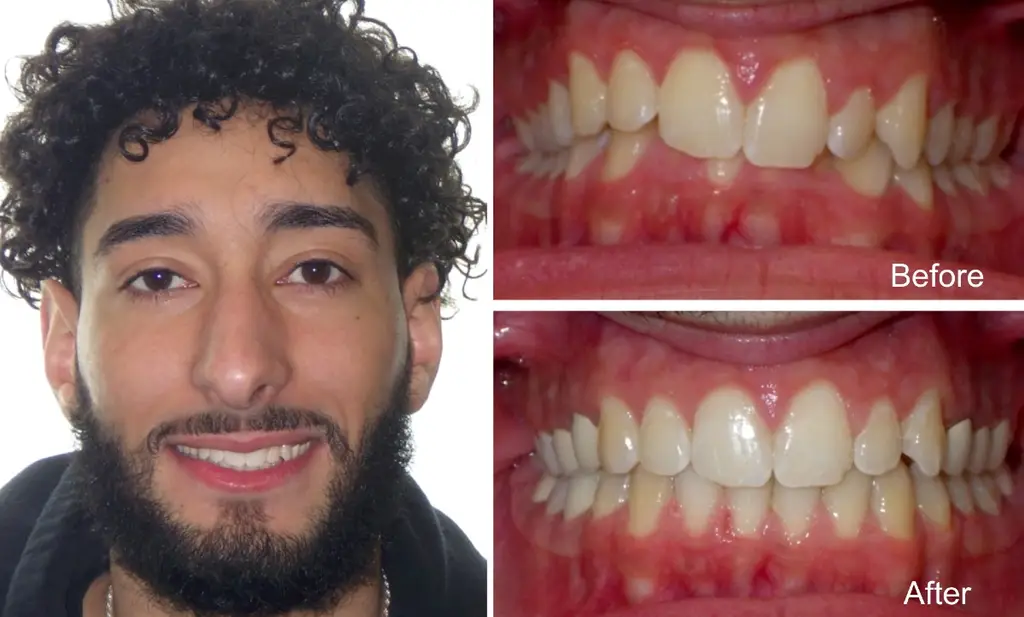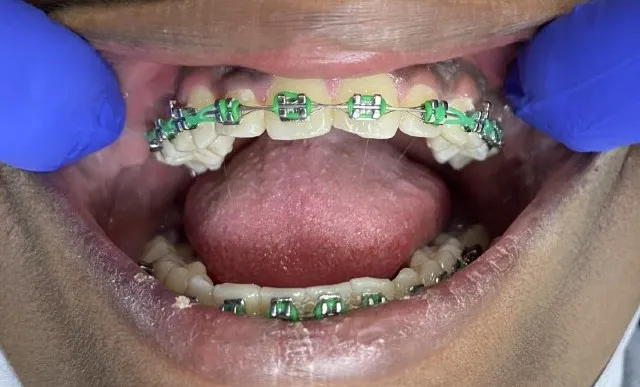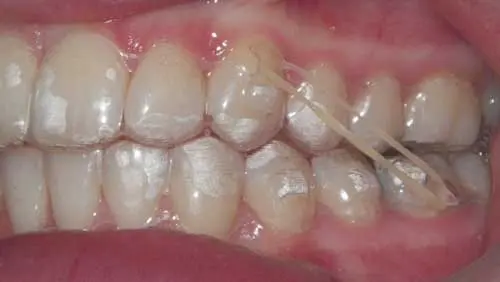
The Answer?
Depending on Your Case, Yes!
Invisalign treatments can sometimes include the use of elastics, also known as “Invisalign rubber bands for bite alignment”. These rubber bands aren’t always a necessary part of the orthodontic treatment. However, when people use them, they can generate additional force that leads to impressive results.
One of the key benefits of these rubber bands is their ability to improve bite alignments. They can be especially effective in correcting issues such as overbites or crossbites.
Book a Consultation Today
